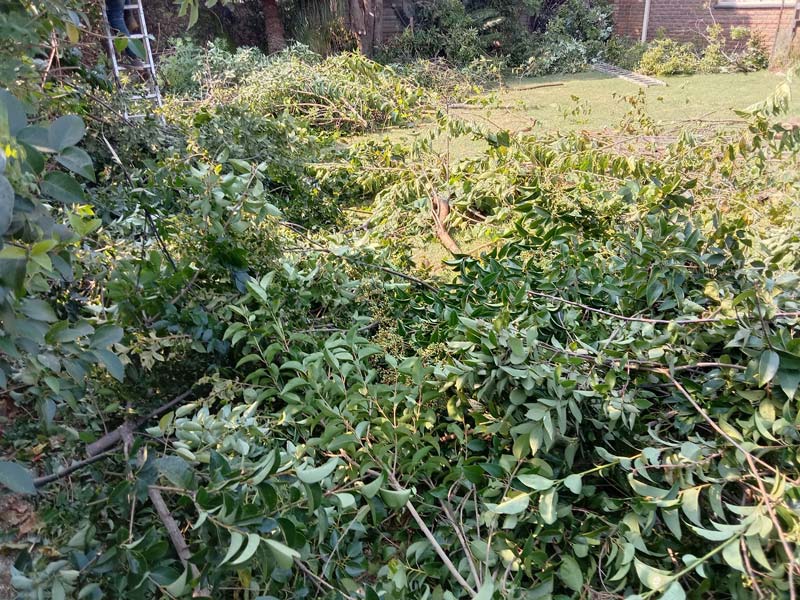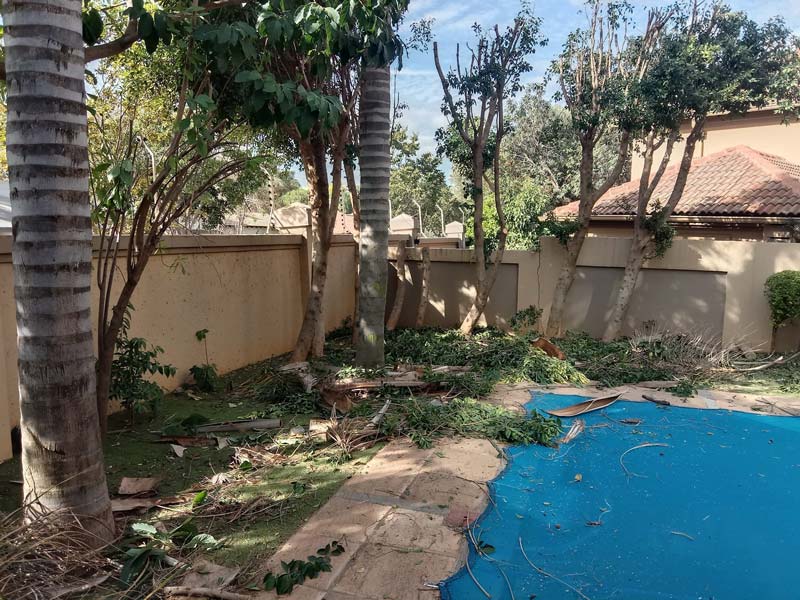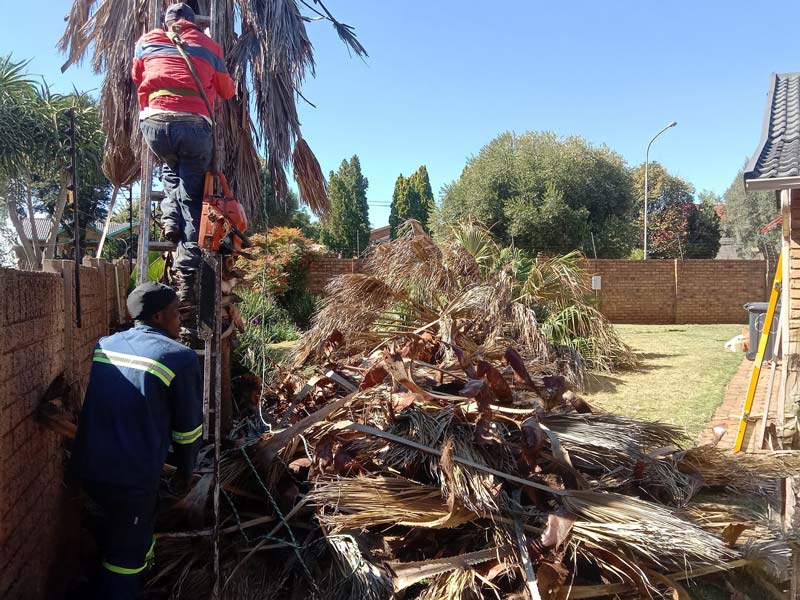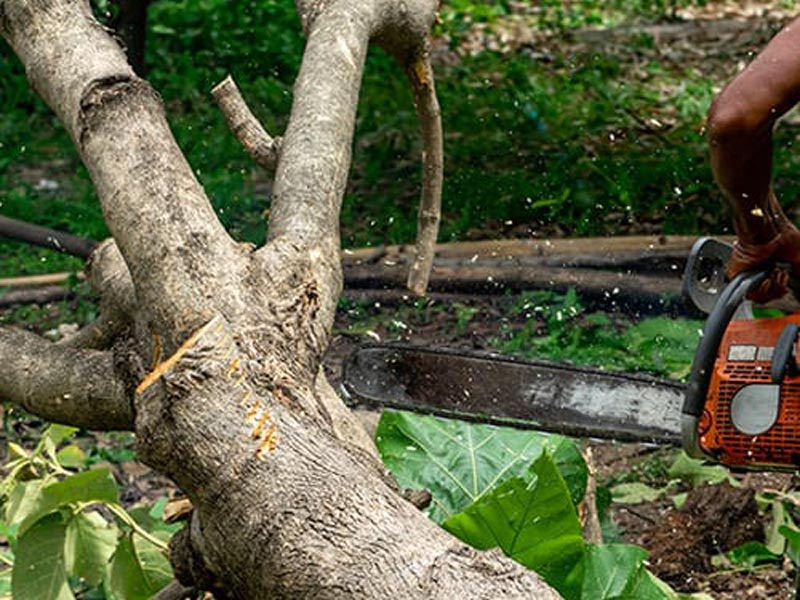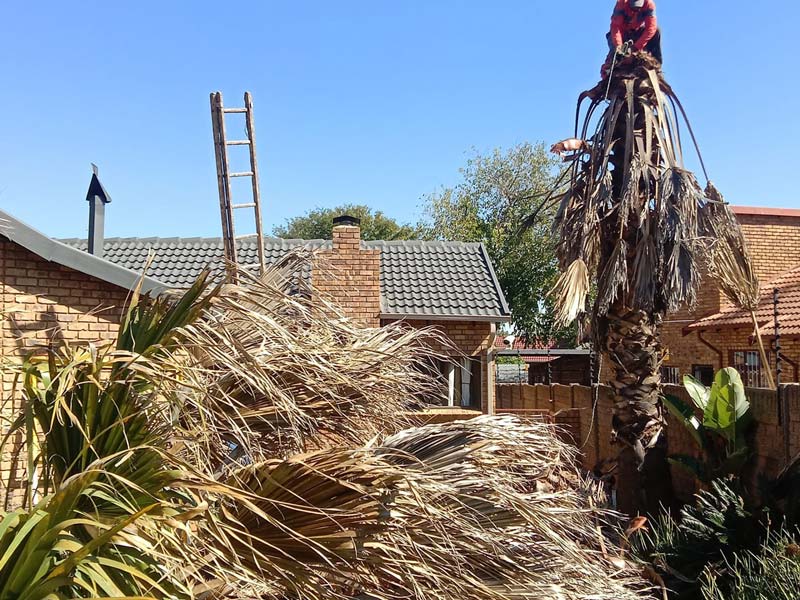To reduce shade without topping trees in Pretoria East, consider selective tree pruning techniques like crown thinning and crown raising. This approach improves airflow and light penetration without harming the tree’s overall health. Furthermore, select shade-tolerant grass varieties such as Fine Fescue or St. Augustine Grass, which thrive in low-light conditions. Implementing strategic tree positions, especially deciduous clusters, provides long-term solutions. Effective management cultivates a balanced environment, ensuring all landscaping thrives. More understanding awaits on how to maximise your space.
Effective Tree Pruning Techniques
Pruning represents an essential aspect of tree maintenance, affecting both the health and aesthetics of trees on properties. Effective pruning techniques improve tree health by employing methods such as crown thinning, which selectively removes densely packed branches to enhance airflow and sunlight penetration. Regular application of these techniques reduces the risk of limb breakage during storms and mitigates pest infestations. Moreover, crown raising elevates the canopy, providing essential clearance while maintaining balance. Utilising targeted pruning like vista pruning minimises shaded areas, ensuring both beauty and functionality. These strategies cultivate healthy trees that contribute positively to the environment, inviting community admiration, and professional tree care services like those offered by AA Tree Felling Pretoria East can provide expert assistance in implementing these techniques. Additionally, proper post-pruning care ensures that the trees continue to thrive after maintenance, promoting lasting health and aesthetics.
Shade Management Approaches
Effective shade management is essential for maintaining balance in urban and rural environments, especially as communities endeavour to improve livability while promoting ecological health. Strategies such as integrating green infrastructure support natural shade management by preserving tree canopies, while rewilding encourages diverse native species with varied canopy structures. This allows for necessary light penetration and promotes shade tolerance among plants below. Selective thinning of branches rather than topping preserves tree health and moderates shade intensity, while tree felling processes ensure that any necessary removals are carried out safely and efficiently. Additionally, enhancing urban biodiversity contributes to a more resilient ecosystem that supports both shade management and overall community wellbeing.
Selecting the Right Turfgrass for Shaded Areas
Choosing the appropriate turfgrass for shaded areas involves comprehending the specific environmental conditions and growth characteristics of various grass species.
Grass selection should focus on shade tolerance to mitigate shading effects effectively. The following species are recommended for Pretoria East:
- Buffalo Grass: Sturdy and versatile in mild shade.
- LM Berea Grass: Exceptional tolerance with a creeping growth habit.
- St. Augustine Grass: Fast-growing, suitable for limited sunlight.
- Fescue Grasses: Fine and Tall Fescue excel in shade.
Considering these options guarantees a lush, green lawn even in challenging environments, promoting a sense of belonging in outdoor spaces.
Lawn Care Practices for Low-Light Environments
Maintaining a healthy lawn in low-light environments requires specific care strategies customised to the unique challenges posed by shade.
Managing soil moisture is essential; overwatering leads to disease, so it’s vital to monitor levels closely. Implementing deep, infrequent watering encourages deeper root growth, supporting the grass better in shaded areas.
Furthermore, adjusting the mowing height by 0.5 to 1 inch helps enlarge leaf surface area, enhancing light absorption. Mowing less frequently allows grass to grow taller, which compensates for reduced sunlight, while using sharp blades minimises turf stress. Additionally, regular irrigation checks ensure that water distribution is even and effective, promoting healthier growth.
Following these practices promotes a healthier, more resilient lawn in low-light conditions.
Long-Term Solutions for Managing Shade
Thoughtful scenery planning plays a critical role in managing shade effectively over time. By concentrating on strategic tree selection and shade planning, homeowners can create enjoyable, sustainable outdoor environments.
Key considerations include:
- Choosing slow-growing species like cherry or oak for lasting shade.
- Positioning deciduous trees on the south or west for summer heat relief.
- Planting trees in clusters for uniform shade coverage.
- Incorporating evergreens near outdoor spaces for year-round comfort.
Implementing these strategies not only improves aesthetics but also promotes an inviting atmosphere, making outdoor spaces more functional and pleasing for everyone involved. Additionally, it’s important to consider comprehensive tree services to ensure the health and longevity of your trees while managing shade effectively.


